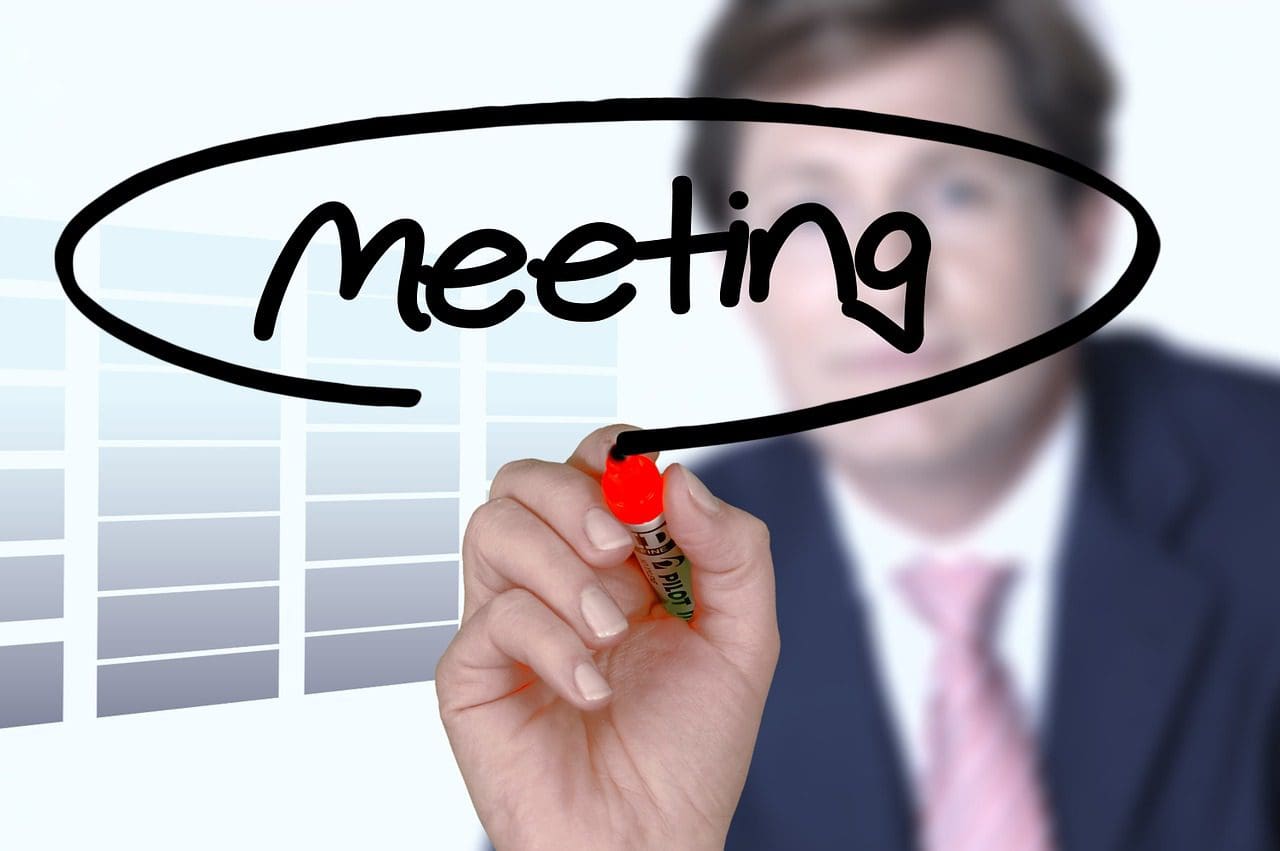
By: Robert Haislip, Vice President of Business Development, Covington Travel
At the recent Global Business Travel Association (GBTA) annual convention, there was a wide range of educational content available. Several sessions focused on the subject of Strategic Meeting Management (SMM), a very apt topic for the world’s largest meeting on business travel management.
 Everyone who travels for business has undoubtedly attended a meeting at some point in his or her career. Some of you might even have had a role in the planning of that very same meeting. But have you ever taken a moment to consider the sheer number of staff hours involved in the planning and execution of those meetings, both large and small, and the significant level of expense they represent to an organization? If you answered “No,” don’t worry; you are certainly not alone in the corporate world.
Everyone who travels for business has undoubtedly attended a meeting at some point in his or her career. Some of you might even have had a role in the planning of that very same meeting. But have you ever taken a moment to consider the sheer number of staff hours involved in the planning and execution of those meetings, both large and small, and the significant level of expense they represent to an organization? If you answered “No,” don’t worry; you are certainly not alone in the corporate world.
 Surprisingly, the polling results from the attendees indicated that almost half (48%) of the participants had no SMM program at their companies and that a significant number (31%) were just at the earliest stages of implementing SMM programs. Since Covington works closely with clients to help them manage their Travel & Entertainment (T&E) expenses, we know the important role SMM programs play in the overall success of any well-managed travel program.
Surprisingly, the polling results from the attendees indicated that almost half (48%) of the participants had no SMM program at their companies and that a significant number (31%) were just at the earliest stages of implementing SMM programs. Since Covington works closely with clients to help them manage their Travel & Entertainment (T&E) expenses, we know the important role SMM programs play in the overall success of any well-managed travel program.
Quite simply, a Strategic Meeting Management program is a sourcing initiative focused on company meetings and events. It concentrates on processes, spend volumes, company policies, and suppliers to achieve high-quality meetings that deliver quantitative cost-savings, effective risk-management, and greater visibility into this expense category for the company. It represents the consolidation of disparate meeting and event planning practices into a centralized, organization-wide process.
 Many people view a Strategic Meeting Management program as something that is only applicable to large Fortune 500 organizations, but in reality, SMM principles apply equally to companies of almost every size. After all, corporate meetings and events don’t only take place at large companies, so why shouldn’t all companies enjoy the benefits that derive from implementing an SMM program? Developing such a program does take time and resources, but the benefits provide a strong R.O.I. for the efforts.
Many people view a Strategic Meeting Management program as something that is only applicable to large Fortune 500 organizations, but in reality, SMM principles apply equally to companies of almost every size. After all, corporate meetings and events don’t only take place at large companies, so why shouldn’t all companies enjoy the benefits that derive from implementing an SMM program? Developing such a program does take time and resources, but the benefits provide a strong R.O.I. for the efforts.
How to Implement a Strategic Meeting Management Program
Developing SMM programs begins with a project plan based on Six Sigma Methodology which includes the following steps:
- Define the problem or issue, develop an opportunity statement, identify and engage stakeholders, and find an executive sponsor for the project.
- Measure the current level of spend, the processes, policies, and staff involved.
- Analyze the opportunities for cost savings, process improvements, and risk mitigation.
- Build the framework for the SMM program with stakeholder input.
- Implement the pilot program, make modifications if needed, educate staff and fully deploy across the organization.
- Improve/Control: Obtain feedback on the program, document results, enhance and expand the program as necessary, and monitor program compliance moving forward.
 To summarize, successful Strategic Meeting Management programs are neither too hard nor too complex to implement and can work well for organizations of almost any size. If properly executed, SMM programs deliver the following value drivers:
To summarize, successful Strategic Meeting Management programs are neither too hard nor too complex to implement and can work well for organizations of almost any size. If properly executed, SMM programs deliver the following value drivers:
- Quality Events – Improved planning processes increase efficiencies and ensure employee and customer support of the program.
- Risk Mitigation – Improved levels of control ensure better contracting terms, regulatory compliance, and that all “Duty-of-Care” and fiduciary responsibilities are met.
- Cost-Savings – Improved spend analytics result in increased leverage in supplier negotiations.
- Visibility – Improved transparency to the entire meeting/event expense category.
Will an SMM program benefit your company? Please contact Covington’s Business Travel Services team if you have any questions or would like to talk further on this subject.







Leave a Reply